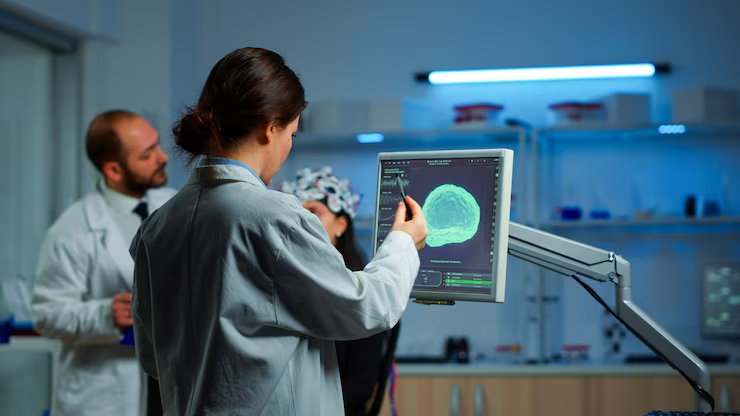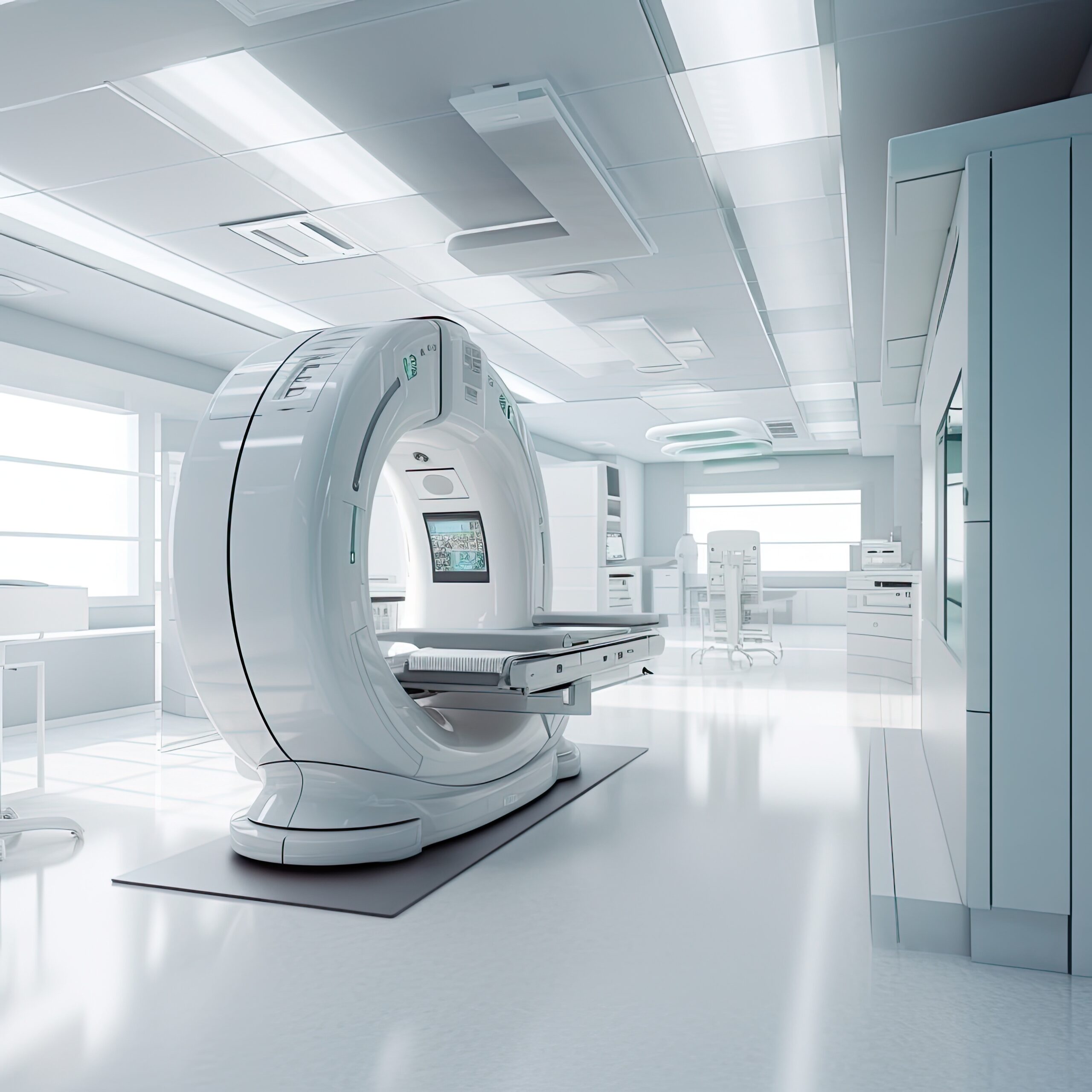
Unlocking the secrets of your brain through advanced metabolic imaging
Have you ever wondered what’s happening beneath the surface of your thoughts?
Your brain is alive 24/7, orchestrating everything you do—from movements and senses to thoughts and emotions. While most scans show anatomy, they don’t tell the whole story. That’s where Bra in PET (Positron Emission Tomography) scans step in, offering a glimpse into the brain’s metabolic activity and revealing hidden conditions that might otherwise go undetected.
In this post, you’ll discover:
- What exactly a brain PET scan is
- Common health conditions it can detect early
- Why metabolism matters more than structure
- What to expect before, during, and after the scan
- How to interpret results with your doctor
Let’s dive into what your brain is telling you—and what the PET scan can help uncover.
What Is a Brain PET Scan—and Why It’s Worth Considering
A Brain PET scan is a functional imaging test—not merely for anatomical structures, but for how cells in your brain are using energy. Unlike MRI or CT, which shows form, PET reveals function. Through the use of a small, safe radioactive tracer (usually FDG), your neurologist and radiologist can detect areas of enhanced or diminished metabolic activity, providing clues to your brain’s health in ways that other scans can’t.
Why it matters: Conditions like Alzheimer’s, epilepsy, brain tumors, and Parkinson’s may show up as metabolic changes before structural damage occurs. Early detection can lead to earlier interventions—and better outcomes.
1. Alzheimer’s & Other Dementias
One of the most important applications of brain PET scans is in evaluating cognitive decline. Patterns of hypometabolism (regions of reduced glucose uptake) can indicate neurodegenerative disease before symptoms become severe.
- Alzheimer’s Disease: PET often shows diminished metabolism in the temporal and parietal lobes, especially on the left side, well before memory loss becomes noticeable.
- Frontotemporal Dementia: Characterized by metabolic dips in the frontal or temporal poles—often leading to behavioral and personality changes.
- Differentiation: PET helps distinguish between different forms of dementia, which is crucial for appropriate treatment decisions.
A negative scan (normal metabolic pattern) in early memory loss may suggest other causes, like depression, giving peace of mind and direction for further evaluation.
2. Epilepsy and Seizure Disorders
For individuals with drug-resistant epilepsy, identifying the precise seizure focus is critical for treatment planning or surgery. Brain PET scans can:
- Spot hypometabolic zones in between seizures
- Reveal hypermetabolism during active seizure episodes
- Help localize the affected brain region much more accurately than EEG alone
This kind of image-based precision can directly impact seizure control treatment and quality of life.
3. Brain Tumors & Clearer Treatment Planning
Brain tumors often alter metabolic activity in and around the mass. Here’s how brain PET scans help:
- Tumor Classification: High-grade tumors usually have higher glucose metabolism, while low-grade or necrotic tumors may show less uptake.
- Distinguishing scar tissue from active tumor: Post-treatment, PET helps clarify whether changes seen on MRI represent ongoing disease or treatment effects like radiation necrosis.
- Guiding biopsies: PET highlights the most metabolically active (and likely most aggressive) areas, helping doctors target biopsies or surgical samples effectively.
4. Parkinson’s Disease and Movement Disorders
Not just useful for dementia or seizures, brain PET scans shine a light on movement disorders, including Parkinson’s and related conditions.
- While traditional PET for dopamine transporter imaging is specific, FDG-PET can identify early metabolic changes in the basal ganglia and frontal cortex.
- It’s particularly useful when symptoms are mixed or atypical, aiding in the differential diagnosis between Parkinson’s, atypical parkinsonism, or other degenerative disorders.
5. Strokes, Traumatic Brain Injury, and Cognitive Deficits
After a stroke or serious head injury, structural damage may not tell the full story. Brain PET reveals:
- Areas of diminished metabolism that may not appear as lesions on MRI
- “Brain network” changes that help explain cognitive or speech problems
- Viable vs. non-viable brain tissue after injury, aiding rehabilitation planning
This insight helps doctors determine how much recovery can be expected, or where targeted therapies and rehab might be most effective.
Why Metabolic Insight Matters More Than Anatomy Alone
Detect before decline
Structural changes are often late in a disease’s progression. Metabolic changes can precede them by months—or even years.
Precision in treatment
Highlights exactly where the brain is struggling—helping guide medications, surgery, radiotherapy, or rehabilitative efforts with greater accuracy.
Tracking treatment effectiveness
Changes in PET metabolic patterns over time show whether a therapy is working—a level of insight MRI can’t offer.
When Your Doctor May Recommend a Brain PET Scan
You might undergo this scan if you’re dealing with:
- Memory loss or cognitive decline that’s unexplained after MRI
- Frequent seizures not controlled by medication
- A known or suspected brain tumor needing metabolic characterization
- Parkinsonian symptoms with an unclear diagnosis
- Cognitive or neurological changes after TBI or stroke
The test helps refine your clinical picture in ways that guide treatment and offer clarity when other tests fall short.
What to Expect: Preparation, Procedure & Aftercare
Before the Scan
- No heavy exercise for 24 hours
- Fast for 4–6 hours before the tracer injection (plain water is fine)
- Medications taken as directed (check if diabetic)
- Inform us about pregnancy, lactation, or diabetes
Day of the Scan
- Arrive, check in, IV insertion
- Tracer injection (FDG or specialized compound)
- 30–60 minute quiet uptake period in a calm room
- 30-minute scan in the PET/CT machine
- Headphones and cushioning for comfort
After the Scan
- Results typically within 24–48 hours
- Radiologist prepares a report and shares it with your neurologist or referring doctor
- If you’re self-paying or need a personal copy, images can be requested
How to Read the Results (with Your Doctor’s Help)
The PET images feature a color map of your brain’s metabolic activity:
- Red/Yellow: Areas of high metabolism
- Green: Moderate activity
- Blue/Purple/Black: Low or absent metabolism
Here’s what these patterns can suggest:
| Pattern | Possible Meaning |
| Low metabolism in hippocampus | Early Alzheimer’s disease |
| Focal metabolic deficit | Seizure focus or stroke |
| Enhanced uptake in tumor region | Active, aggressive tumor vs. non-active scar or edema |
| Basal ganglia abnormalities | Parkinsonism or movement disorder |
| Scattered hypometabolism | Traumatic injury or diffuse neurological injury |
FAQs & Common Concerns
Is it safe?
Yes—the tracer uses a very small radioactive dose, eliminated through urine in 24 hours. Breastfeeding moms should consult their physician due to tracer transmission in milk.
Is it painful or uncomfortable?
No! The IV insertion is like any other. The scan is quiet, non-invasive, and painless. The uptake period may require relaxation, but that’s it.
What about claustrophobia?
Most modern PET/CT machines are short and wide. If you’re anxious, we can provide comfort options or calming medication.
Why Choose PET CT and MRI of Miami?
Our center combines leading-edge PET technology with an unwavering focus on patient care:
- Expert radiologists with deep expertise in neuroimaging
- Comfortable, low-stress environment
- Fast scheduling—often same-week or sooner
- Support with insurance, self-pay, or referral letters
- Clear result delivery and open lines of communication
We don’t just scan brains—we support people and their families every step of the way.
Ready to Get a Clearer Picture of Your Brain Health?
If you’ve been through memory tests, MRIs, or a neurologist visit and still need answers, a Brain PET scan may be your next best step.
Call (305) 229-2020 or visit petctofmiami.com to schedule your consultation.See beyond structure—tap into insight. Your brain holds more information than meets the eye. Let us help you uncover what truly matters.



